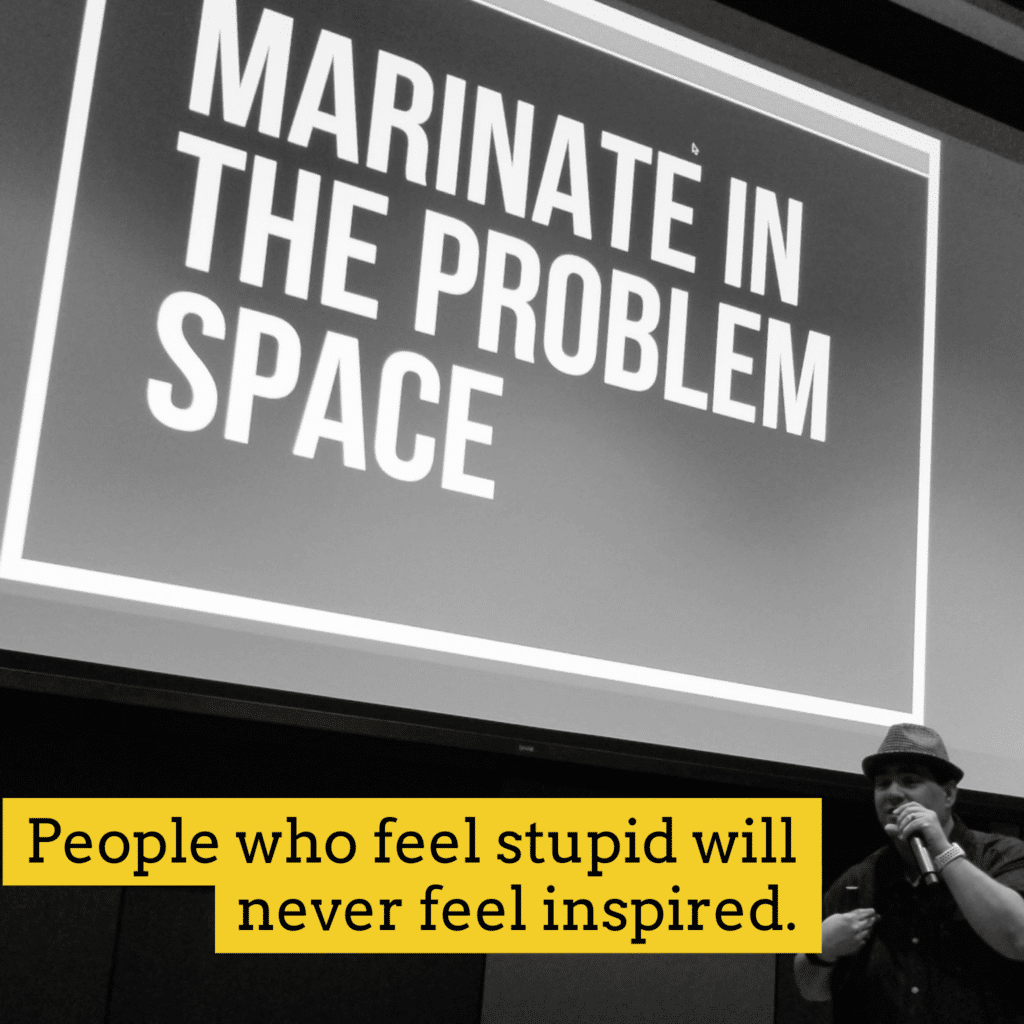
I don’t know who thought that metaphors weren’t appropriate in the business context, but I’ve heard it enough times that I now hear it in my head every time I’m about to use a metaphor at work.
Here’s the thing – as a storyteller who has embraced stories in every part of my life and job, I have a hard time not using metaphors. And I find that they’re incredibly powerful because they create the semantic bridge to get listeners from one place to another, quickly.
Lately at work I’ve been talking about server configurations for eCommerce stores. I know, exciting! So imagine you’re sitting in front of a dozen sales people who aren’t deeply technical, and by deeply technical I mean they’re not server administrators – because why would they ever be…
When you’re sitting in front of that group, and you want to explain the difference between how we built our current platform and how others have built theirs, you need a non-technical way to explain it – but one they can embrace. You also need them to visualize it so they can explain it to others. And you need to give them a way to talk about it with others – since they’re in sales.
In the web hosting world, people often talk about RAM (memory) or Disk (storage). Neither of those are the most critical dynamic when it comes to the performance of an eCommerce store. But if I were to explain what is the most important dynamic, we’d get bogged down in technical details.
That’s when a really great metaphor comes into play.
Imagine you’re shopping at Walmart…
As I sat with the team, I started by saying, “Imagine you’re shopping at Walmart and have filled your shopping cart up to the top. You now head to the checkout area where there are 20 cash registers but only 2 cashiers available. And there are 20 people in front of you, 10 in each line.”
At that moment, every single person is completely with me. They’ve either been there or been in similar situations – even if it’s not been that exact store. And they immediately feel the pain and frustration.
One of the benefits of a metaphor at work is that it can connect you to the right emotions of a situation, not just a way to think about things.
That’s when I say, “So at that point, in line behind 10 people, with the first person in line cutting coupons out and making you wait even longer, does it matter how much credit capacity you have on your credit card to pay (credit capacity = memory) or how big your car is in the parking lot to store your purchases (trunk space = storage)? Neither of those things is going to help you check out faster. You need more cashiers.”
This simple illustration and metaphor not only connects on a visceral level, but it makes the point really quickly. The context sets up the question and the question highlights how RAM and Disk aren’t the main characters in this story, the cashiers are.
At this point, when I tell them we set our platform up to have way more cashiers, they not only understand the difference but they’ll be able to make the same point to their prospective customers.
While that’s a simple illustration of the power of metaphors, let me highlight three reasons why you should use metaphors as you lead.
Three Reasons to Use Metaphors As You Lead
Metaphors bring clarity. One of the most important things we can do as leaders is to bring clarity to any and everything. So when I can make a point, help someone remember something, or help them learn something so they can teach it, you better believe I’m going to do that.
Metaphors can help with empathy. I mentioned above that the right metaphor can help transport someone to a different place and immediately connect to the right feelings. Another way to say this is that it can help create empathy. The moment you use a metaphor that changes the context, you can also help people get out of their own heads, their own situations, and put themselves in another person’s shoes.
Metaphors inspire people. Don’t get me wrong. I’m not saying a metaphor, on its own, will do wonders. But metaphors have a habit of making complex things much easier to understand. And people who feel stupid are never inspired. But with the right metaphor, you can help everyone feel smarter because you’ve created a way for them to “get it.”
So if you’ve caught yourself worrying about using a metaphor at work, wondering if they make you look less professional, or you hear co-workers challenging the use of metaphors and stories at work, send them my way.
You know I’m going to tell them that they should always tell stories.